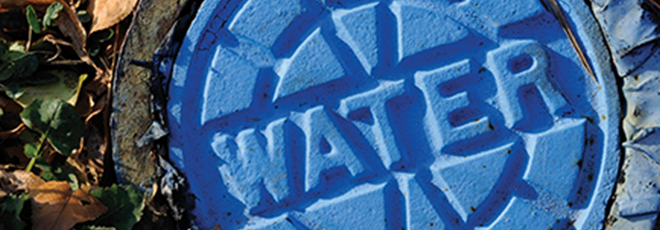A solar eclipse can captivate onlookers with its ethereal play of shadows. But as mesmerizing as it is, this phenomenon can have quite a dramatic impact on something as mundane as the daily commute. With the upcoming solar eclipse set to grace the majority of Canada with its awe-inspiring display on April 8th, drivers must be prepared for the risks it presents.
From the sudden transition of light and shadow to the potential for increased traffic, this natural spectacle can increase the risks of a usually ordinary drive.
Understanding the solar eclipse
A solar eclipse occurs when the moon passes between the sun and Earth, blocking the sun’s rays and casting a shadow on some parts of the planet. While a total eclipse is visible only in a narrow track on the Earth’s surface, a partial eclipse, where the moon covers only a part of the sun, can be seen over a wider area.
For drivers, this means reduced visibility which inherently elevates the potential for road mishaps. The sudden darkness could also take drivers by surprise, especially during the eclipse’s partial phase.
To learn more about when the eclipse will be occurring in your area, click here.
Best practices for safe eclipse driving
If possible, we recommend not driving during a solar eclipse at all, in order to stay as safe as possible. However, if it is absolutely necessary for you to get behind the wheel, here are some of the top dangers to be cognizant of while driving during the solar eclipse:
Decreased visibility
The sun is a driver’s natural compass, and during a solar eclipse, visibility may be impacted. With the sun obscured by the moon, roads that are typically well-lit might suddenly become shadowy environments. Here are some tips from the Government of Prince Edward Island about driving with decreased visibility during the eclipse:
- Do not directly try to observe the eclipse through your windshield or even though tinted windows, as neither provides your eyes with adequate protection.
- Do not use solar eclipse glasses while behind the wheel, as they only allow you to see the sun and, therefore, can not be worn while driving.
Potential for traffic accidents
The novelty of a solar eclipse can lead to an increase in traffic as people gather to observe the event. During the last total eclipse in 2017, Canadian Underwriter reported an increase in fatal crashes.
“We found a significant increase in traffic risk in the U.S. around the time of the total eclipse, averaging to one extra vehicle crash every 25 minutes and one extra crash fatality every 95 minutes. The total amounted to 46 extra deaths linked to the eclipse,” says Dr. Donald Redelmeier, lead study investigator and a senior scientist in the Tory Trauma Research Program at Sunnybrook Research Institute.
To help prevent another surge of traffic accidents and fatalities, follow these best practices:
- Respect speed limits
- Minimize distractions
- Allow more headway between other vehicles
- Always wear your seatbelt
- Never drive impaired
Adopting safe driving habits
During an eclipse, driving carefully is paramount. In addition to the tips mentioned above, here are some other best practices from the Essex County OPP to follow when driving during the eclipse:
- Ensure vehicle headlights are on.
- Do not photograph or video the eclipse while driving.
- Never pull over or stop on the roadway and/or shoulder of the road to view the eclipse.
- Exit the roadway and park in a safe area away from traffic to view the eclipse.
- Be aware of possible increased pedestrian traffic.
Be prepared
While the skies above you might be in rare form, the rules of the road remain unchanged, and you should remain vigilant. By familiarizing yourself with the potential hazards, preparing your vehicle, and adhering to safe driving practices, you can help protect yourself and others on the road.
It’s also vital that you have the appropriate car insurance as your safety net. To learn more visit our Transportation & Logistics Services Insurance and Personal Car Insurance pages today.




